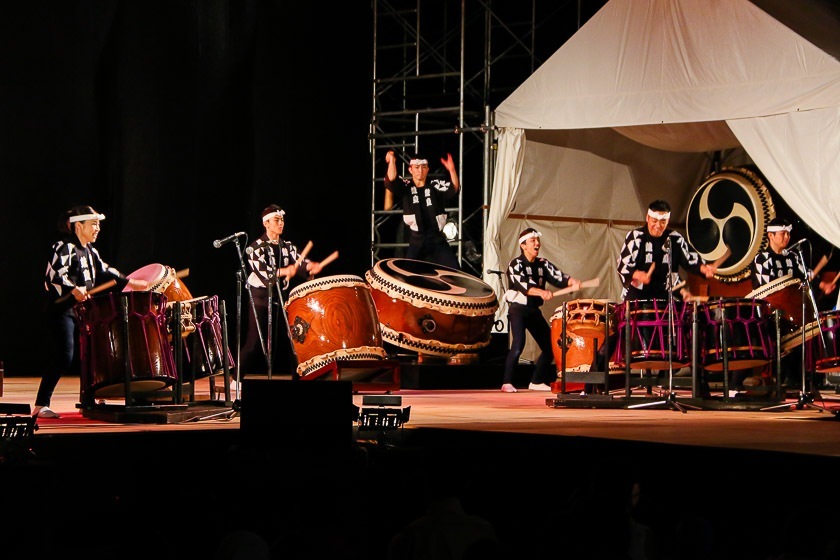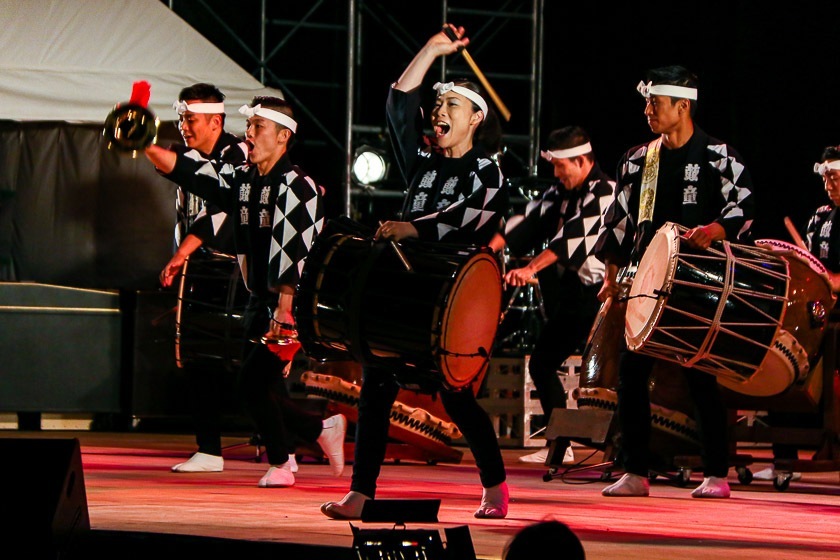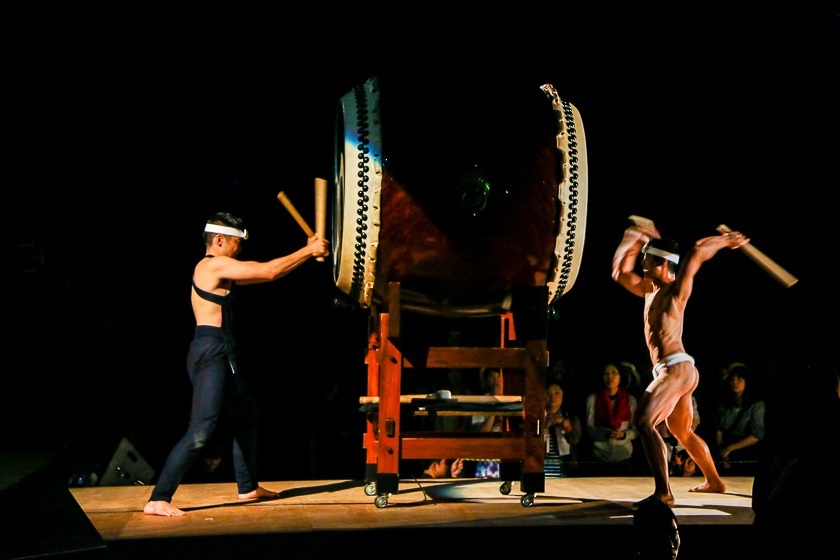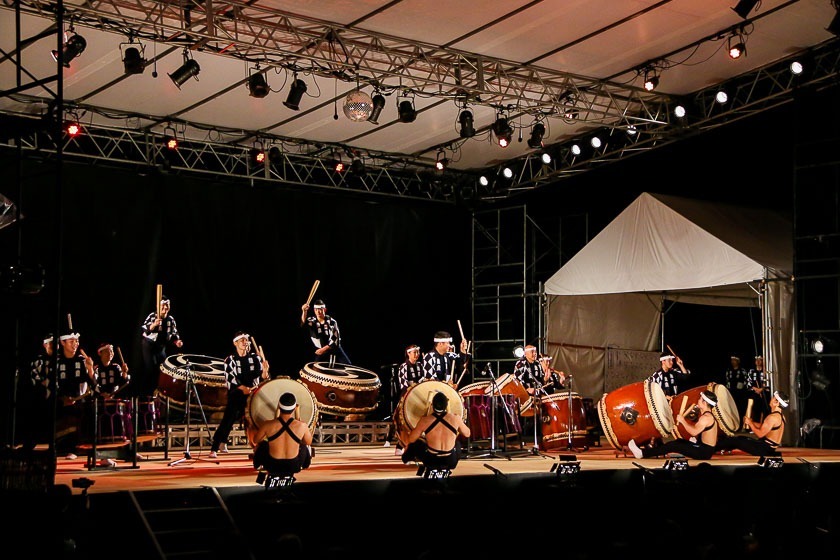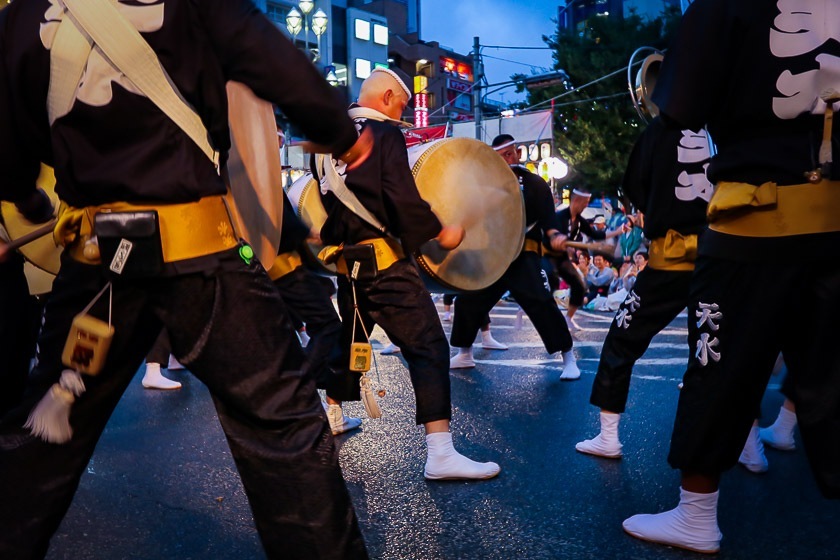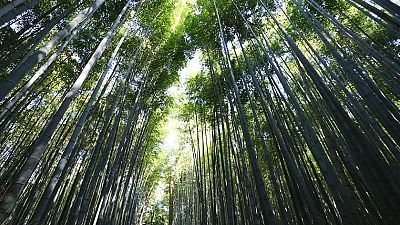Traditional musical instruments: Taiko
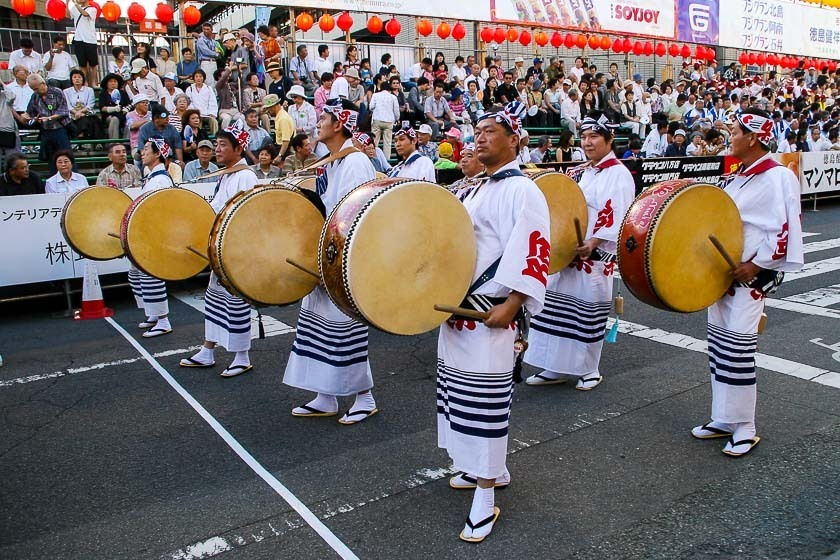
Music plays a large part in society, and celebrations, ceremonies and festivals often feature music of some form. From signaling changes in movement, to setting the mood and atmosphere, and when combined with singing or chanting, music can lend itself to a variety of emotions and experiences. Music in Japanese culture is no different, and traditional music has a very distinct sound compared to contemporary tunes.
Contemporary and popular music fill the airwaves and concert venues, while traditional Japanese music can typically be heard at places of worship like shrines and temples and at local festivals. Opportunities to play traditional Japanese musical instruments come up from time to time, and they provide foreign travelers a unique opportunity to get to know another aspect of Japan.
I will be focusing on Japanese drums for the first of three articles introducing the more popular and well-known traditional instruments in Japan. Be sure to keep your eyes and ears open out for them next time!
Taiko
Taiko or wadaiko are the terms referring to a variety of Japanese percussion instruments, typically hollow wooden drums with leather drum skins on both ends and played with solid wooden drumsticks known as bachi. Taiko drumming is common in a lot of traditional Japanese music to keep the beat, and it is perhaps the most internationally known traditional Japanese instrument. Taiko groups can be found locally as well as all over the world.
Taiko drums come in an assortment of sizes, from small handheld ones that children can play to massive ones that measure over one meter in diameter. Festivals are some of the best places to see taiko drumming. Performers may be marching down the parade or located inside the festival float, playing tunes that liven up the atmosphere. The Earth Celebration is a well known taiko festival on Sado Island by the Kodo taiko group, and it is a unique music festival built around taiko drumming.
